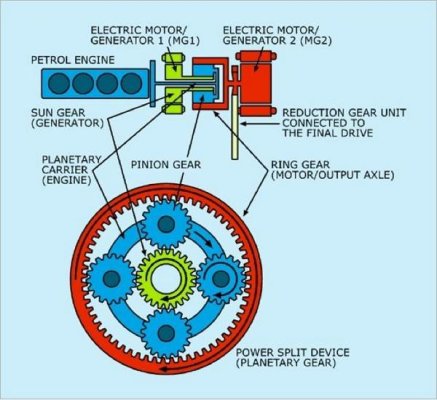BlindHog
Senior Member
Love the name and I love the idea of someone trying to buck the herd and find a better way. I meet a guy (Capt. Jim) a couple years ago who did the great loop in an all electric boat and claimed to be the first one to do it and you can find him on face book under "pirates of the sun".
On that blister repair above, you need to bevel those edges out way more so the new glass can bond to the old glass.
Good luck and I will certainly be watching this one and rooting for you. There are tons of diesel electric vessels and to have the ability to go all electric with a diesel generator as backup would be a great vessel. Sleeping at anchor in A/C without the sound of a generator running sounds great to me!
On that blister repair above, you need to bevel those edges out way more so the new glass can bond to the old glass.
Good luck and I will certainly be watching this one and rooting for you. There are tons of diesel electric vessels and to have the ability to go all electric with a diesel generator as backup would be a great vessel. Sleeping at anchor in A/C without the sound of a generator running sounds great to me!


